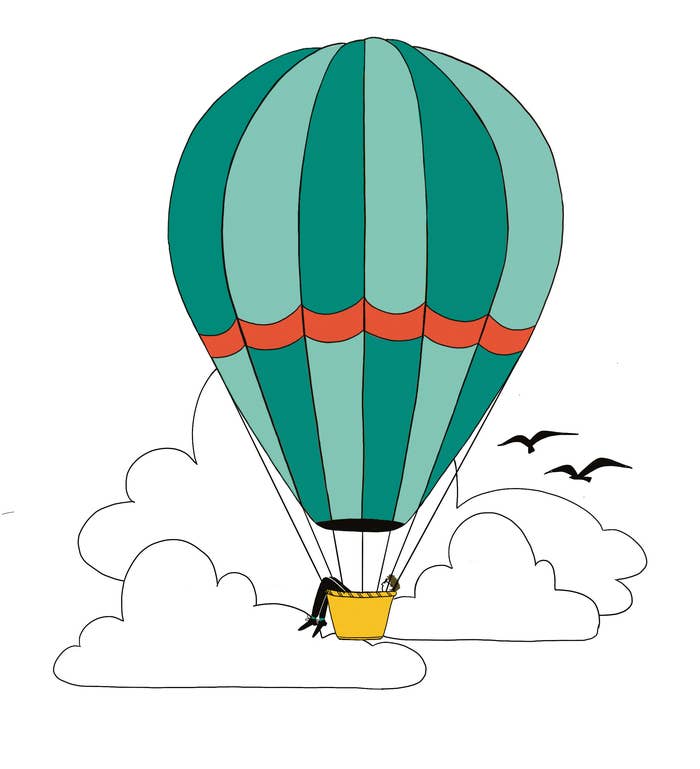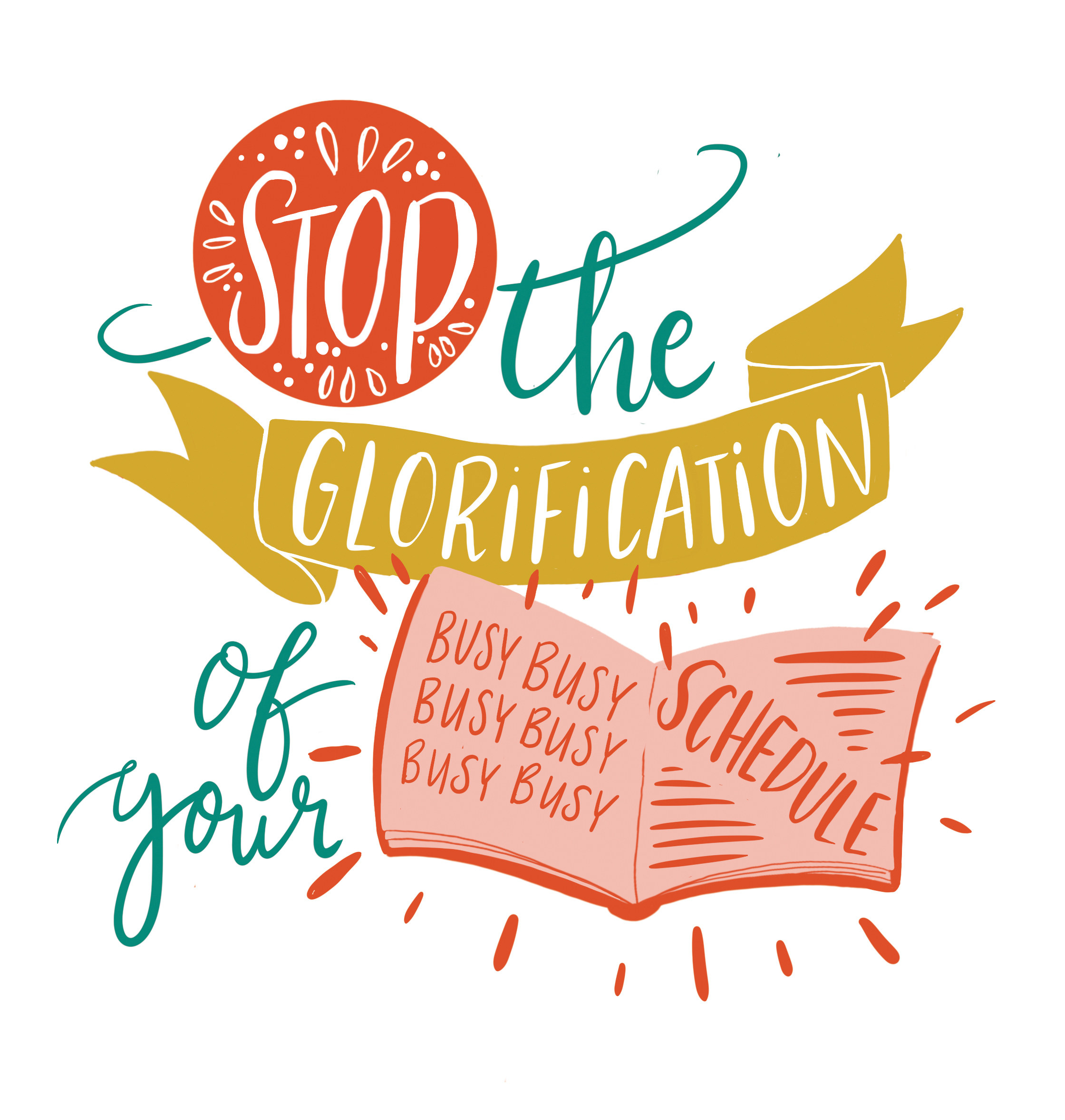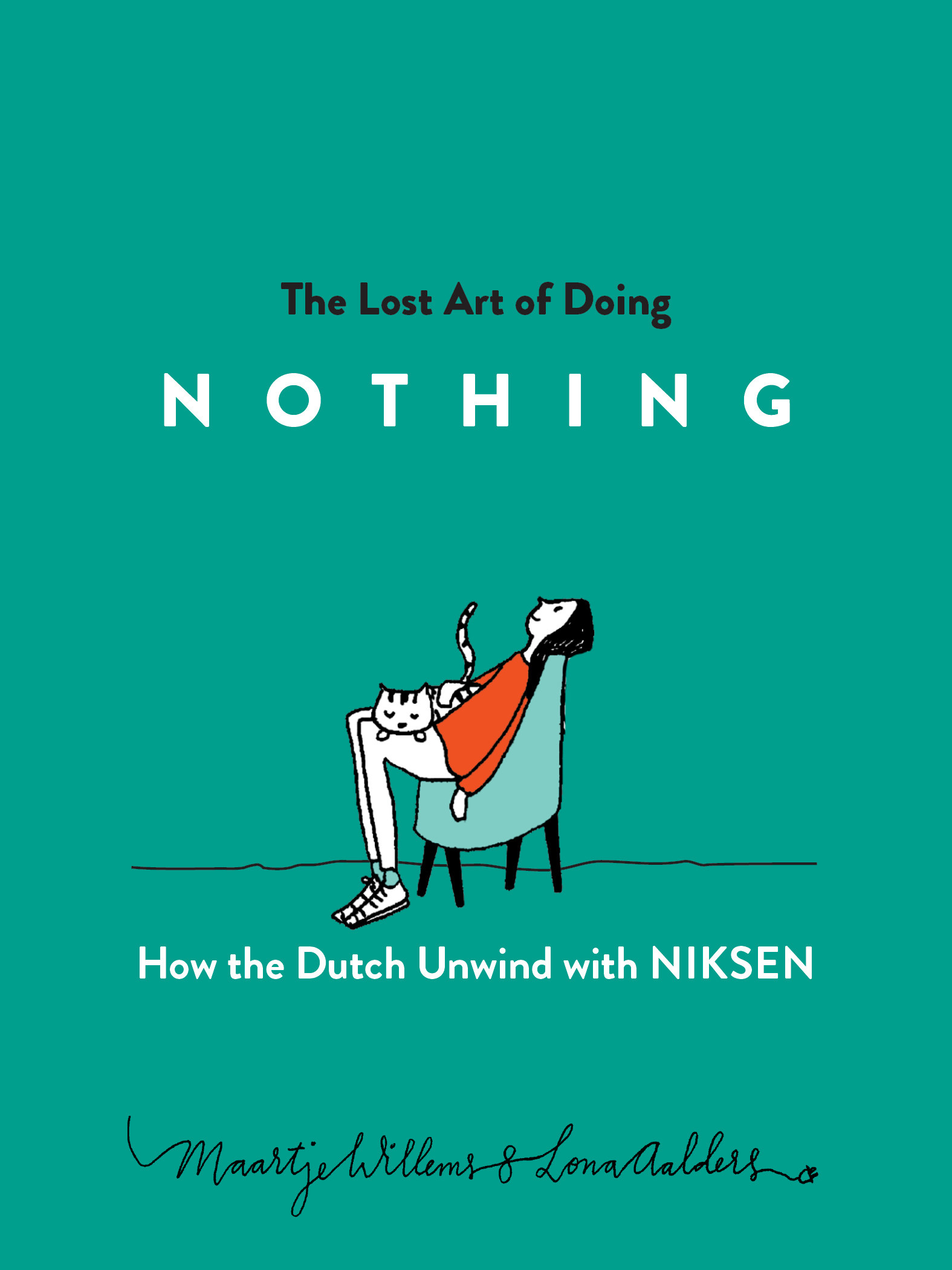It’s not easy to do nothing. You’d think it is, but it isn’t. One of the reasons is that our actions have production value. They can make us money or feel good, hopefully become a better person. And we have a time limit, only 80-something years to “live our best lives” — so why spend that time drinking tea on the couch, or staring out of a window? Because it’s freeing. Doing something that has no useful outcome whatsoever — what the Dutch call niksen (or “niks”) — is not only liberating; it can even change your perspective on life. I celebrate this lifestyle in my new book, The Lost Art of Doing Nothing: How the Dutch Unwind with Niksen, but I know it might be intimidating. Here’s where to begin.
1. Start small.
The wonderful thing about niksen is that you’re always one step away from doing nothing. Your first baby step is to make the doing-of-nothing a small event and try not to think about it too much. Just drop the thing you’re doing and you’re there. Don’t use a timer — just try to overcome the need to get up and water the plants that suddenly seem extremely dry. It’s a relief and not a task.

2. Don’t “correct” moments of silence.
Doing nothing has a lot of enemies. If you stand still, your brain will provide lots of activities for you to do. Your thoughts will tell you: Water your plants! Read one of the 12 articles you were planning to read! It can be stressful to try to push those thoughts out, fail, and then be disappointed that you can’t even do nothing. So lower your expectations and don’t force yourself into the niks. Catch those moments when you’re staring at your screen or out the window and don’t “correct” them — when you find yourself doing nothing, just stay there in that silence. See how long you can maintain it.
3. Do nothing in a place where you like to be.
You need to create space in your head for niksen. Likewise, it helps to create a place — or a little corner in your house — that you’re proud of. Perhaps you once put up your own bookshelf, or you have a plant that’s still alive three years after you bought it. These provide positive conditions for doing nothing. You can watch them and compliment yourself on your success. Or if someone else put up the shelf, be thankful. With this excellent foundation in place, you can retreat into a lovely dreamworld.
4. Get comfortable.
Make sure all your basic needs have been met: You’ve been to the bathroom, you’ve eaten or have nice food in the house for later, and above all you’re not wearing uncomfortable clothing. Niksen while wearing a belt that’s cutting into your stomach isn’t much fun. And doing nothing is done best in a place where the temperature is just right: not too hot, not too cold.

5. Have pen and paper at hand.
If you’re ready to expand your niks-time, it can help you to write down some of the thoughts or tasks that pop up while you’re trying to do nothing. Don’t worry: Your brain will find a thousand activities for you to do — that’s just the way we’re built and brought up. But if you write down all the things that come to mind, you don’t have to worry about forgetting them, and you can continue your session without a purpose.
6. Save it for a rainy day.
If you’re really hopeless at doing nothing, try starting on a rainy day. It won’t feel so weird that instead of going out to buy supplies to finally fix up your roof terrace, you’re just sitting on the couch, watching the rain.
7. Be proud.
If you have successfully done nothing for, let’s say, two minutes, that is huge and cause for celebration. Be proud of yourself. Make it an affirmation. I’m great at doing nothing. And remember the words of Oscar Wilde: It is awfully hard work doing nothing. ●

Adapted from The Lost Art of Doing Nothing: How the Dutch Unwind with Niksen by Maartje Willems, with permission from the publisher. Illustrations by Lona Aalders.
Comments
Post a Comment